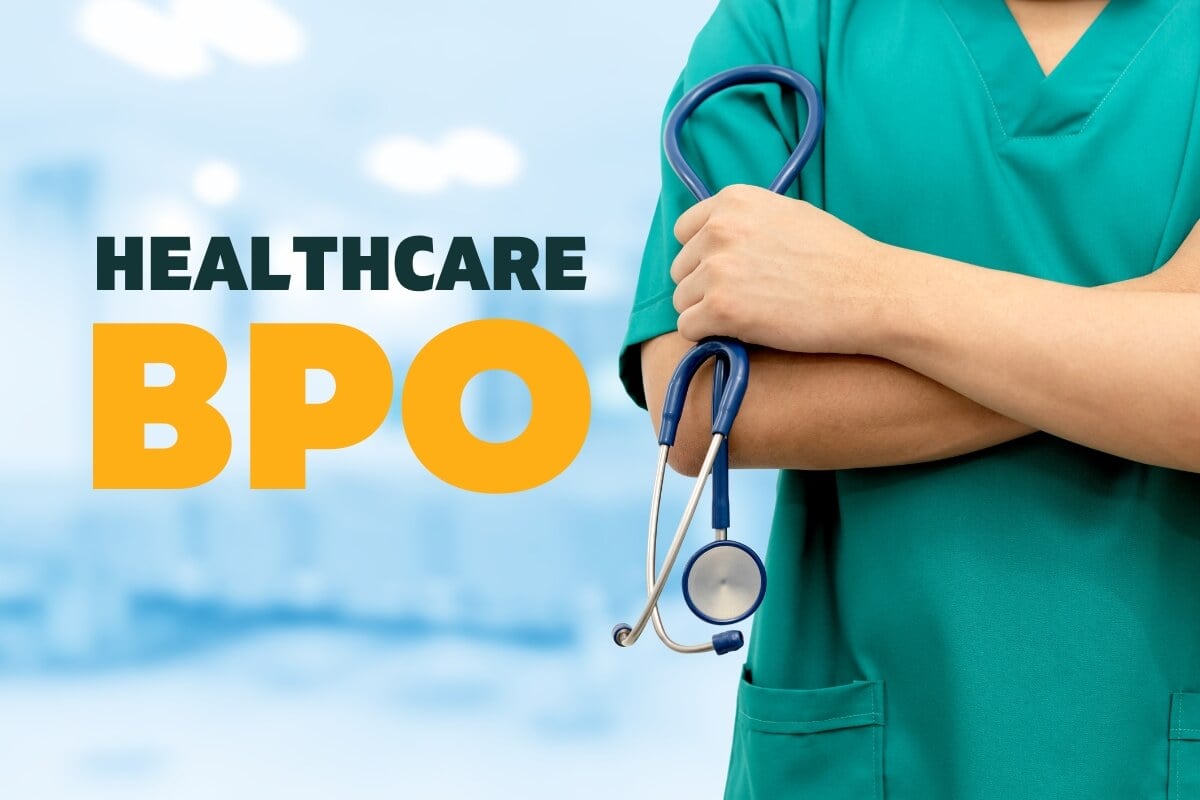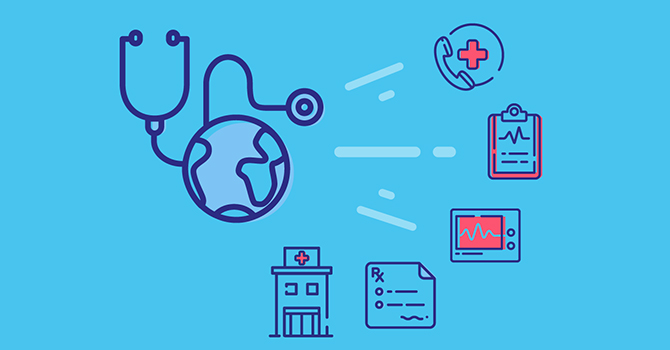Healthcare RCM: Optimize Earnings Cycle Monitoring for Better Results
Healthcare RCM: Optimize Earnings Cycle Monitoring for Better Results
Blog Article
A Comprehensive Overview on Exactly How Medical Care RCM Functions to Streamline Billing and Collections
Browsing the complexities of healthcare income cycle management (RCM) is important for service providers intending to improve their billing and collections processes. The overview unboxes the ins and outs of RCM, from patient registration to balance dues monitoring, using understandings into enhancing each step. Incorporating advanced innovation and standardized treatments can considerably lower insurance claim denials and speed up repayment cycles. Yet, the real obstacle hinges on effortlessly merging these aspects to increase cash circulation. As we discover the core elements and techniques that drive performance, one concern continues to be: exactly how can healthcare entities best setting themselves to grow financially in an ever-evolving market?
Comprehending Revenue Cycle Monitoring
RCM is a critical management function that encompasses the entire economic procedure of client care, from the first consultation setting to the final repayment of the balance. It is a complex treatment created to identify, accumulate, and manage the income from the solutions supplied to individuals.
The RCM procedure starts when a patient routines a visit and expands with the client's care journey, including billing and collections. A key goal is to reduce the time between getting and offering a solution repayment, thus boosting the organization's monetary health. RCM entails various features such as person registration, insurance policy verification, cost capture, coding, declares entry, payment posting, and handling appeals and rejections.
Trick Components of RCM
In the realm of Earnings Cycle Administration (RCM), comprehending its vital parts is fundamental to accomplishing economic performance within healthcare companies. RCM is a comprehensive process that incorporates various stages, each important to making sure effective invoicing and collections. The main elements consist of person registration, insurance coverage verification, charge capture, coding, insurance claim entry, repayment uploading, and receivable management.


As soon as coded, cases are submitted to payers, where precision is vital to prevent denials or delays - Healthcare RCM. Repayment uploading entails recording the gotten settlements, which allows for the reconciliation of accounts. Lastly, receivables monitoring concentrates on monitoring and attending to unsettled cases, ensuring prompt follow-up and resolution
Each component of RCM is adjoined, and inadequacies in any kind of part can interrupt the entire cycle. As a result, grasping these components is necessary for medical care service providers to enhance profits and improve their monetary health.
Strategies for Efficient Payment

Standardizing invoicing procedures across the organization is an additional vital method. Establishing clear guidelines for paperwork, coding, and submission helps maintain uniformity and conformity with regulative requirements. Educating personnel routinely on these treatments makes certain everyone is current with the current modifications in payment codes and payer policies.
Exact charge capture is important in avoiding revenue leak. Executing normal audits and tracking systems permits the identification and improvement of discrepancies prior to they affect earnings. In addition, preserving open lines of communication with payers aids to swiftly solve any disagreements or misunderstandings that might occur.

Finally, engaging people early in the payment procedure by providing clear price quotes and academic materials concerning their economic duties can dramatically lower confusion and improve payment that site timeliness. These approaches jointly add to a much more reliable and financially healthy and balanced payment system.
Enhancing Collections Procedures
A robust collections procedure is crucial for keeping financial security within healthcare companies. Offered the complexities of clinical billing and the range of payer demands, improving the collections procedure involves applying calculated steps that make sure precise and timely payment of solutions rendered. Central to this is the use of modern technology to automate and improve procedures, enhancing and lowering manual mistakes efficiency. Automation tools can help in tracking case conditions, sending out prompt reminders to clients, and handling rejections more successfully.
Clear and clear patient interactions are essential. Providing detailed descriptions of fees and offering flexible payment strategies can enhance patient contentment and punctual repayments.
Regular audits of the collections process ought to be More Help performed to recognize areas for renovation and make sure conformity with policies. By analyzing information, healthcare organizations can determine trends, prepare for possible concerns, and adapt approaches accordingly (Healthcare RCM). Ultimately, a well-enhanced collections process not just supports monetary health and wellness however also adds to a more smooth experience for individuals and staff alike
Optimizing Income Streams
Structure upon the structure of a strong collections procedure, medical care organizations can further strengthen their financial stability by purposefully optimizing income streams. This entails a multi-faceted method, beginning with a comprehensive analysis of existing earnings resources to identify ineffectiveness and areas for development. Using innovative data analytics devices enables organizations to get understandings right into payer mix, patient demographics, and solution application patterns, allowing for data-driven decisions that improve earnings capture.
Implementing automated billing systems can substantially lower mistakes and speed up insurance claims refining, making see this page certain that income is gathered much more effectively. Moreover, optimizing payer contracts with routine negotiations can enhance compensation prices and terms, directly affecting the lower line. Expanding solution offerings, such as including telehealth or health care, can likewise bring in a more comprehensive person base, therefore boosting profits capacity.
Another vital component is enhancing patient involvement and complete satisfaction, as pleased people are most likely to stick to therapy strategies and make prompt payments. Offering adaptable settlement options and transparent invoicing practices can boost collections and foster individual loyalty. Healthcare RCM. By taking on these approaches, medical care organizations can create a much more resilient financial framework, making sure sustained development and security in an ever-changing industry landscape
Verdict
In verdict, health care Earnings Cycle Monitoring (RCM) plays a vital function in enhancing invoicing and collections procedures by integrating key elements such as client registration, insurance policy confirmation, cost capture, coding, claims submission, and balance due monitoring. By using sophisticated technology, systematizing treatments, and promoting person interaction, medical care carriers can substantially lower insurance claim rejections, accelerate settlement cycles, and enhance capital. This extensive technique to RCM ultimately results in enhanced economic efficiency and sustainability for medical care companies.
The RCM process begins when a patient routines a consultation and extends through the individual's care trip, consisting of payment and collections.Another important component is enhancing client interaction and fulfillment, as pleased people are more likely to adhere to therapy strategies and make prompt settlements. Offering versatile settlement choices and clear payment practices can enhance collections and foster individual loyalty.In verdict, health care Earnings Cycle Monitoring (RCM) plays a critical duty in optimizing billing and collections processes by integrating key elements such as client registration, insurance coverage verification, fee capture, coding, declares entry, and accounts receivable administration. By using advanced innovation, systematizing treatments, and fostering individual interaction, healthcare carriers can significantly minimize claim rejections, increase repayment cycles, and improve money circulation.
Report this page